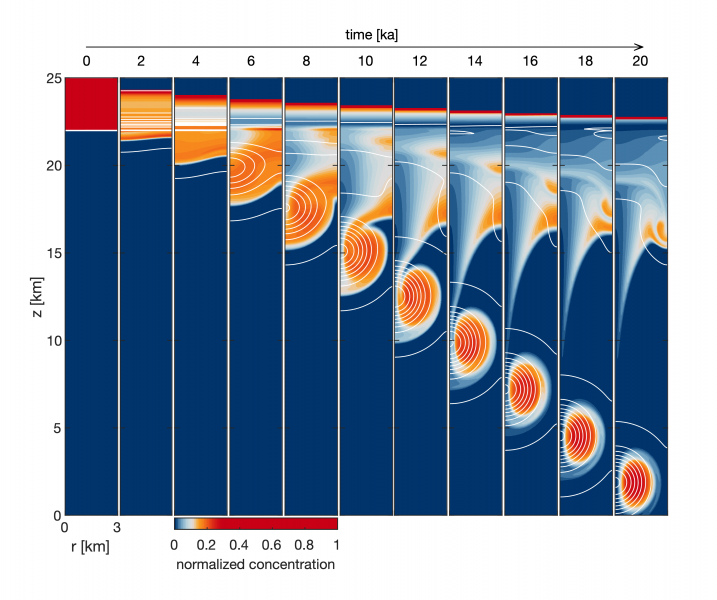Could Comets Stir Life-Giving Stew?
December 12, 2023

Comet strikes on Jupiter’s moon Europa could help transport critical ingredients for life found on the moon’s surface to its hidden ocean of liquid water — even if the impacts don’t punch completely through the moon’s icy shell.
The discovery comes from a study led by researchers at the Jackson School of Geosciences, where researchers developed a computer model to observe what happens after a comet or asteroid strikes the ice shell, which is estimated to be tens of kilometers thick.
The model shows that if an impact can make it at least halfway through the shell, the heated meltwater it generates will sink through the rest of the ice, bringing oxidants — a class of chemicals required for life — from the surface to the ocean.
Scientists have proposed impacts as a means to transport oxidants on Europa, but they assumed the strikes would have to break through the ice.
This study suggests that a much larger range of impacts can do the job, said co-author Marc Hesse, a professor in the Department of Earth and Planetary Sciences. “This increases the probability that you would have the necessary chemical ingredients for life,” said Hesse. The study was published in Geophysical Research Letters.
Back to the Newsletter